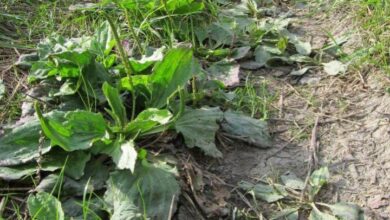Gardens in Buses and Trucks: Phytokinetic Project
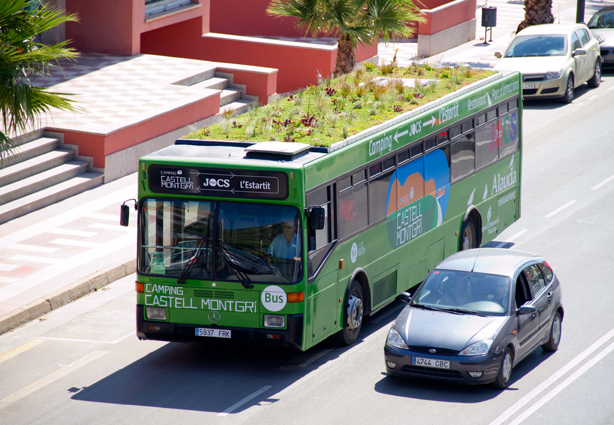
Very good to all Agrohuerters. On March 26, I was lucky enough to attend the conference on integrated urban agriculture (AUI) promoted, among others, by the Pronatur group, a Spanish society for the promotion of urban and rural naturation, a non-profit association based in the School of Agronomists of Madrid. Well, these conferences were attended by a multitude of experts who dealt with very interesting topics and today I am going to comment on one that was particularly spectacular for me:
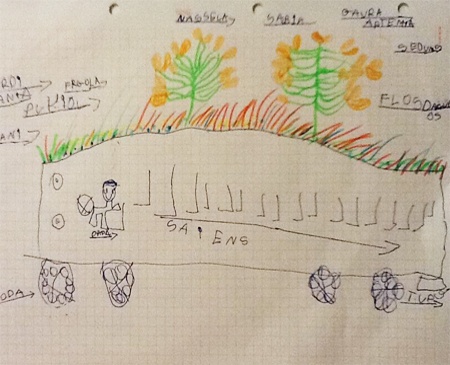
Gardens in buses and trucks
Can you imagine a garden on a city bus or a van?
You may think that the idea itself will be childish and implausible…
And if I tell you that they exist…
And if I tell you that the idea was born from a 4-year-old boy…
The Phytokinetic project is based on the installation of roofs or green roofs (Greenroofs) on urban transport vehicles. The designer and promoter of all this is a landscaper from Barcelona called Marc Grañen, but the original idea belongs to his little son Martí! A real madness that has become reality:
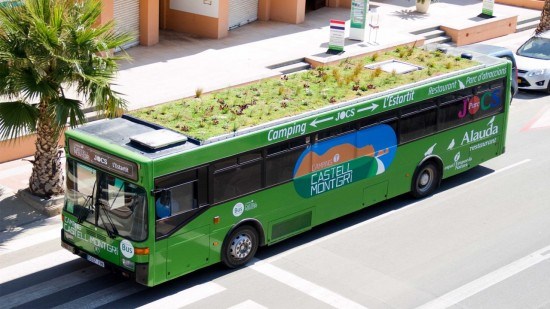
As you can see, green roofs on public transport is already a reality, and although it will not be seen in the future in our cities (on a large scale), it is very likely that this system will be implemented in other world capitals very soon..
At the moment, only aromatic, ornamental species that have low humidity requirements are planted on these roofs. But I have contacted Marc to ask him if he sees viable the cultivation of vegetables on this structure…
I personally believe that species with few requirements and that do not develop much in depth can have a place in this project, I will leave Marc’s opinion shortly.
Construction of green roofs
Building a roof over a vehicle requires a good design. To begin with, the lower layer is made up of an insulating layer so that water does not pass into the vehicle. A 100% mineral hydroponic substrate is placed on top of this layer, which has several advantages:
1. You save on plant substrate: Peat is scarce and it is necessary to look for alternatives.
2. Irrigation is minimal: This substrate retains moisture longer than topsoil. In dry periods, which require an extra supply of water, the system is irrigated with recycled water from the vehicle’s air conditioning system.
On this hydroponic substrate (in which a first vegetal cover is already incorporated) local species that withstand the climate of the area are planted by hand. I leave you a video so you can see it better (construction from minute 16):
Benefits of the Phytokinetic System
This structure is not only pleasing to the eye, but like green walls or vertical gardens, it helps reduce CO2 emissions into the atmosphere and represents significant energy savings:
1. Energy savings: It has been verified with scientific data that the 17 cm thick structure is capable of absorbing about 4.5ºC, which means saving 35% of the energy released by the vehicle by retaining the heat it generates. This thermal insulation means that less heating is needed to warm the vehicle in winter and it drives cooler in summer.
This thermal insulation can also be translated to the streets, cooling the surrounding air as these vehicles pass, the asphalt and concrete will absorb less heat.
2. Capture of CO 2 emissions: The cover species are capable of capturing more than 20Kg of CO 2 per m 2 per year. This represents a saving in the emissions generated by a vehicle powered by fossil fuels. Now, if applied to electric vehicles, the CO 2 emissions that the vehicle would generate would be zero, 0%, something very significant.
3. Increased biodiversity: By installing plant covers on vehicles, not only does the number of green areas increase, but the species that form them will pollinate the city, spreading their seeds as the vehicle passes, thus favoring the biodiversity of the environment. In addition, it has been shown that these green roofs serve as a refuge for many species, the famous bees, for example, will flutter over this roof, as well as birds, favoring biodiversity even more.
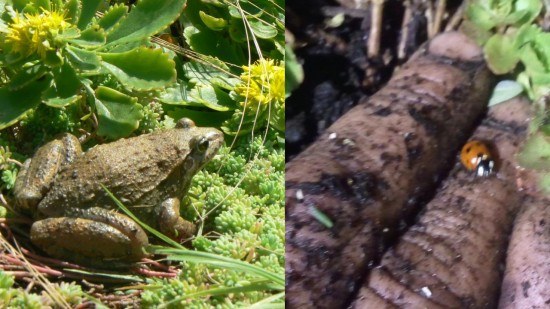
The figures that I have given you are not very large, but to think that they refer to a single vehicle and Madrid, for example, has a fleet of more than 1,000 buses. Together, these measures could lead to significant energy savings and a large increase in in biodiversity for the entire city, which is why it has been interesting for me to show you this project.
I hope you liked it and that we can see it soon on the streets,
Hopefully horticultural species can also be planted on these roofs, I guess it would be necessary to increase the thickness of the substrate or the composition and perhaps the maintenance would increase, but the structure would acquire added value and it would be possible to educate on healthy and organic eating among other things.
Greetings

![Photo of Mimosa Tree: [Cultivation, Irrigation, Associations, Pests and Diseases]](https://www.complete-gardening.com/wp-content/uploads/2022/08/mimosa-tree-cultivation-irrigation-associations-pests-and-diseases-390x220.png)
![Photo of Fern Care: [Soil, Humidity, Pruning and Problems]](https://www.complete-gardening.com/wp-content/uploads/2022/08/fern-care-soil-humidity-pruning-and-problems-390x220.jpg)
![Photo of Silk Tree: [Characteristics, Cultivation, Care and Disadvantages]](https://www.complete-gardening.com/wp-content/uploads/2022/08/silk-tree-characteristics-cultivation-care-and-disadvantages-390x220.jpg)
